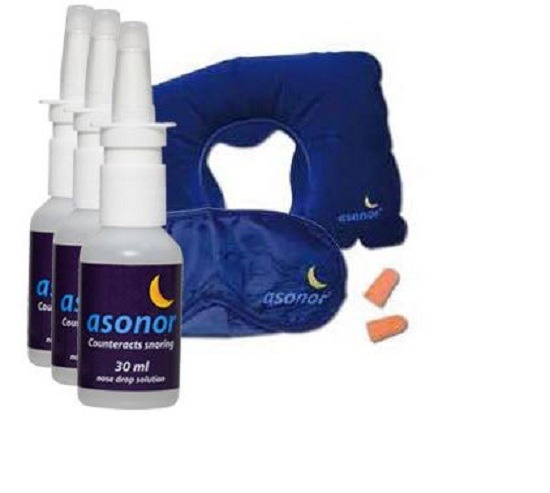Snoring is a common problem faced by many people, especially as they get older. Well, this common problem comes with multiple anti snore device solutions; however, it may get difficult for you to select the right one.
Before that, it’s important to understand why snoring occurs. It’s mainly due to relaxed throat muscles and an obstructed airway. Snoring can be a recurrent and harmless issue for some people. However, it can also be a sign of a more serious underlying condition, such as sleep apnea.
Sleep apnea is a sleep disorder characterized by complete or partial blockage of the airway during sleep. This can lead to a reduction in oxygen levels in the body. Fortunately, many anti-snoring products are available to reduce snoring and enhance sleep. Let’s understand the unique features of anti-snore devices and how they work.
Distinct features of Anti-Snore Devices
1. Nasal Strips
One of the most popular kinds of anti-snoring devices is nasal strips. These are adhesive strips that are applied to the exterior of the nose to improve airflow by widening the nasal airways. Those who snore because of nasal congestion or allergies will find nasal strips to be especially helpful. These are fantastic alternatives for those who do not want to use a mouthguard or more invasive devices.
2. Anti-Snoring Spray
An anti-snoring spray is an innovative device that stops snoring by lubricating throat tissues. It generally has a mixture of emollients and natural oils that coat the tissues to reduce vibrations that induce snoring. It is simple to use. Just before going to bed, simply spray the solution into the nostrils. The solution is swiftly absorbed into the throat & nasal tissues and helps prevent snoring right away. For the best results, it’s crucial to consistently apply the spray.
Being safe and efficient for people of all ages is one of the distinctive qualities of an anti-snoring device.
3. Tools for Stabilizing the Tongue
The tongue stabilizing device is another common form of anti-snore device. This mouthpiece maintains the tongue’s position and keeps it from obstructing the airway. The usage of tongue stabilizing devices is especially beneficial for those who snore because their tongues fall back.
4. Devices for Positional Treatment
Those who snore mostly when resting on their backs can benefit from positional treatment devices. These devices function by helping the user to sleep on their side or stomach, which can reduce snoring. There are several different types of positional therapy equipment, such as cushions, vests, and backpacks.
5. Chin Straps
The purpose of chin straps is to keep the mouth closed when sleeping, which can reduce snoring. They wrap around the top of your nose and underneath the chin. Often, chin straps are made of comfy materials like nylon or neoprene.
Conclusion
Anti-snore devices often operate by targeting the root cause of snoring. Each type of device is made to address a particular problem, such as tongue or jaw alignment, nasal congestion, or sleeping posture. These gadgets can thus assist in enhancing airflow and minimizing snoring. Overall, anti-snore devices can be an effective way to reduce the side effects of snoring and improve the quality of your sleep.



